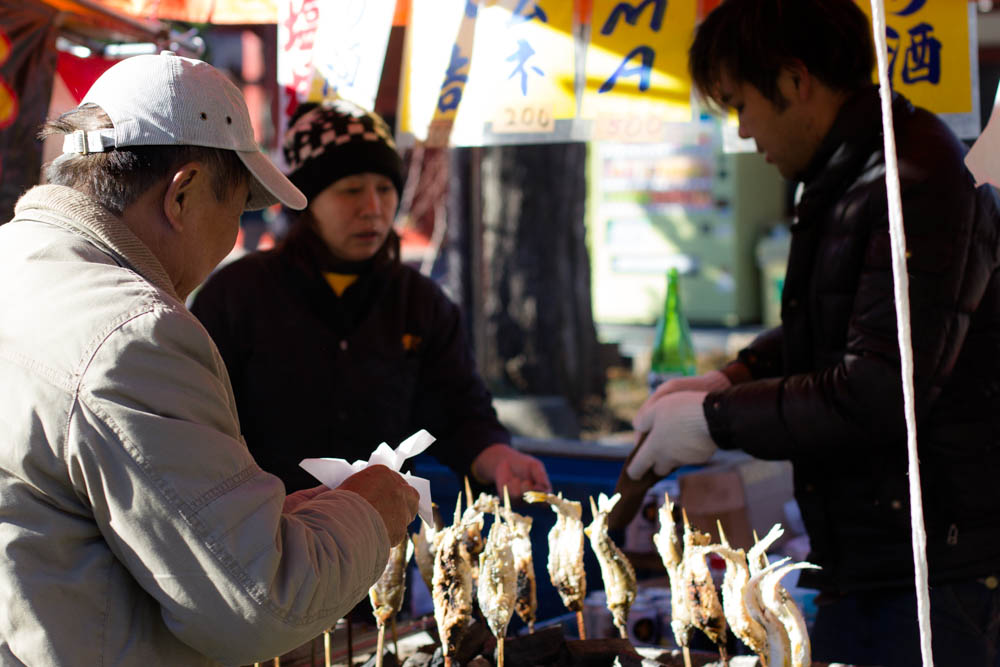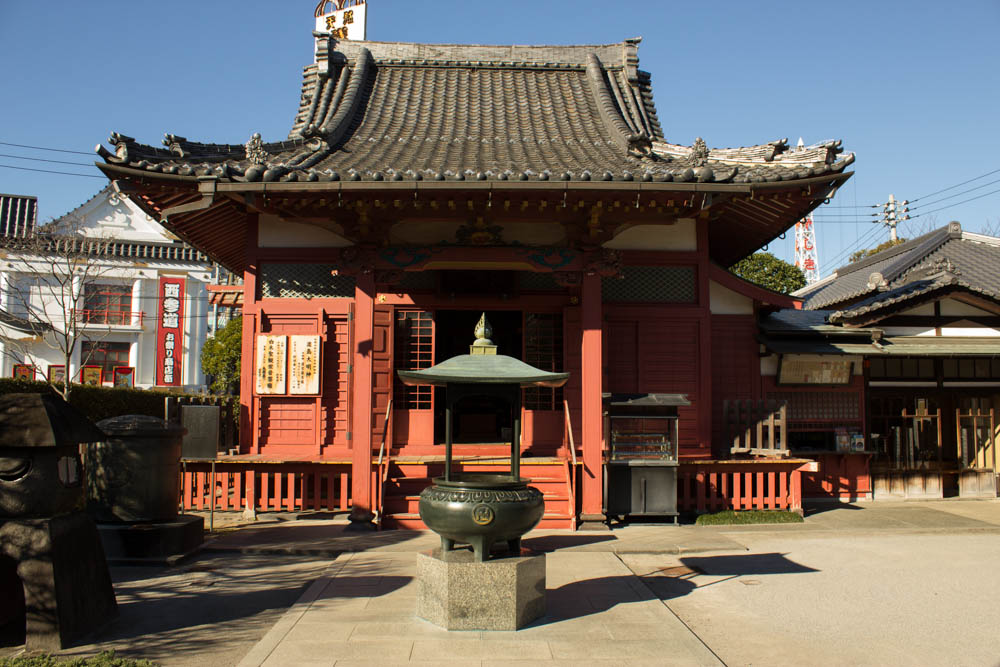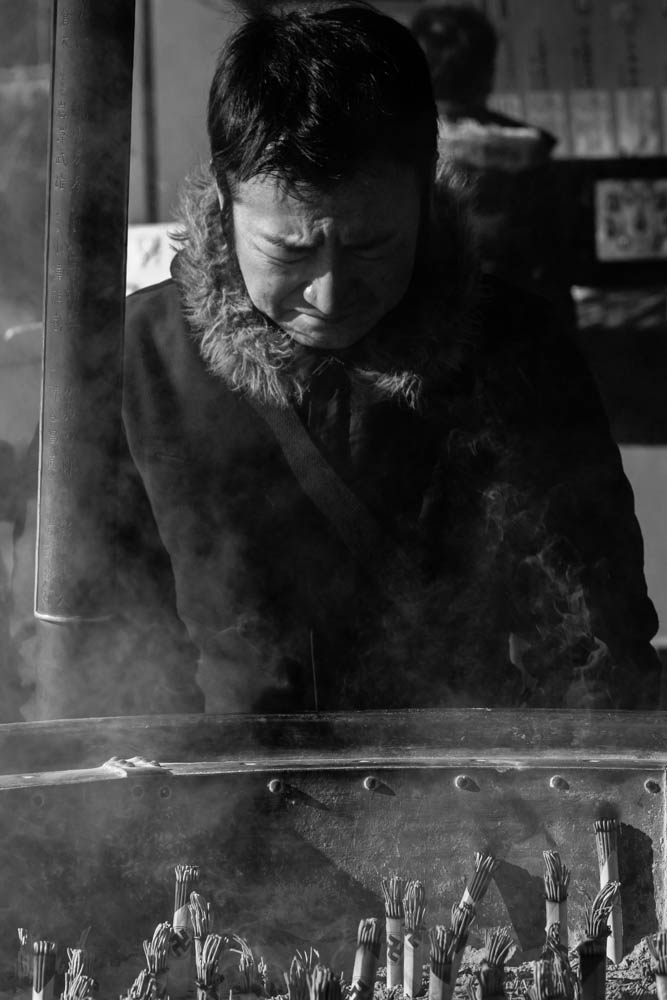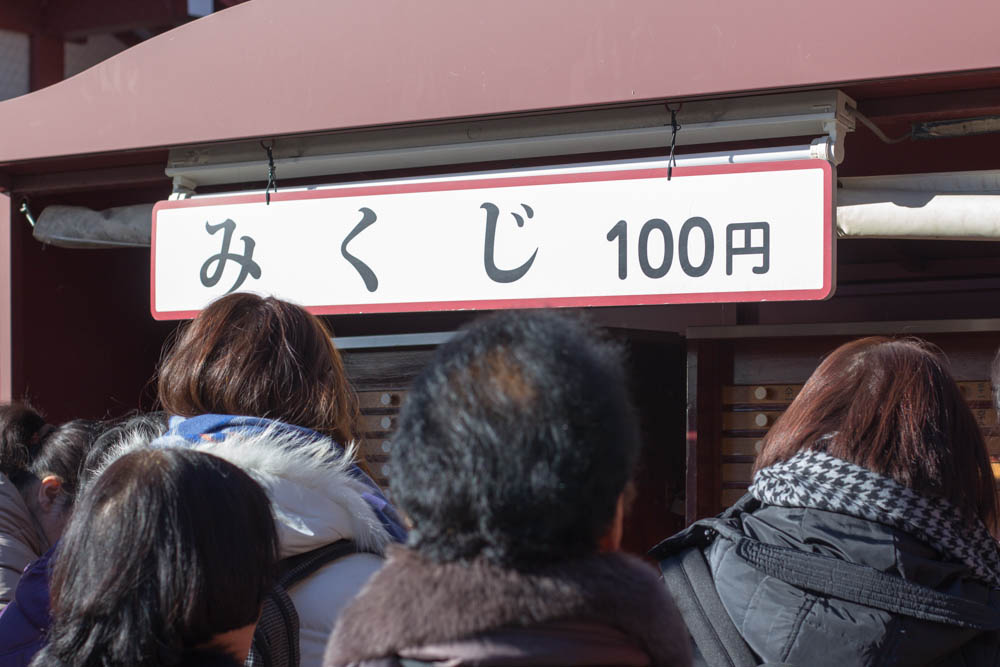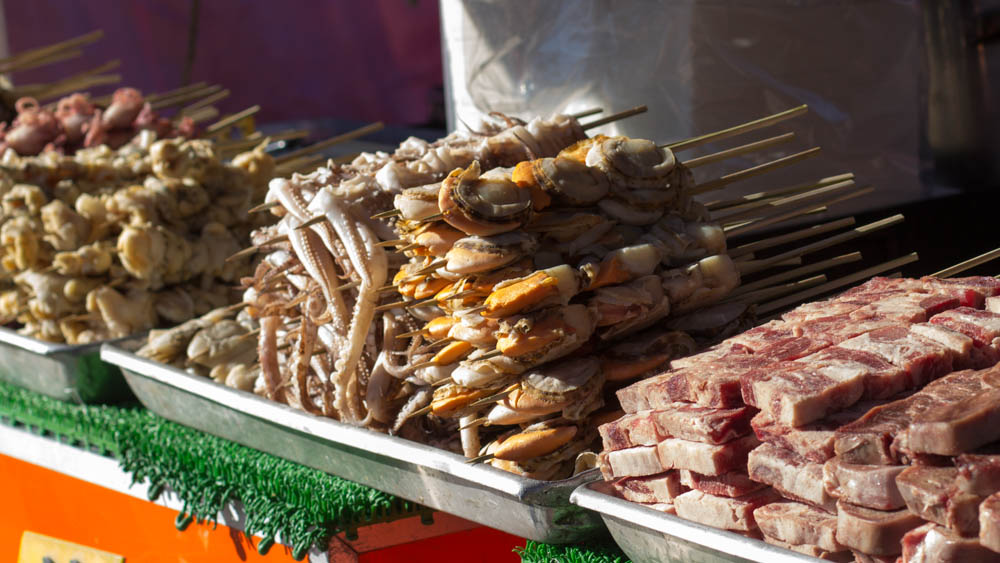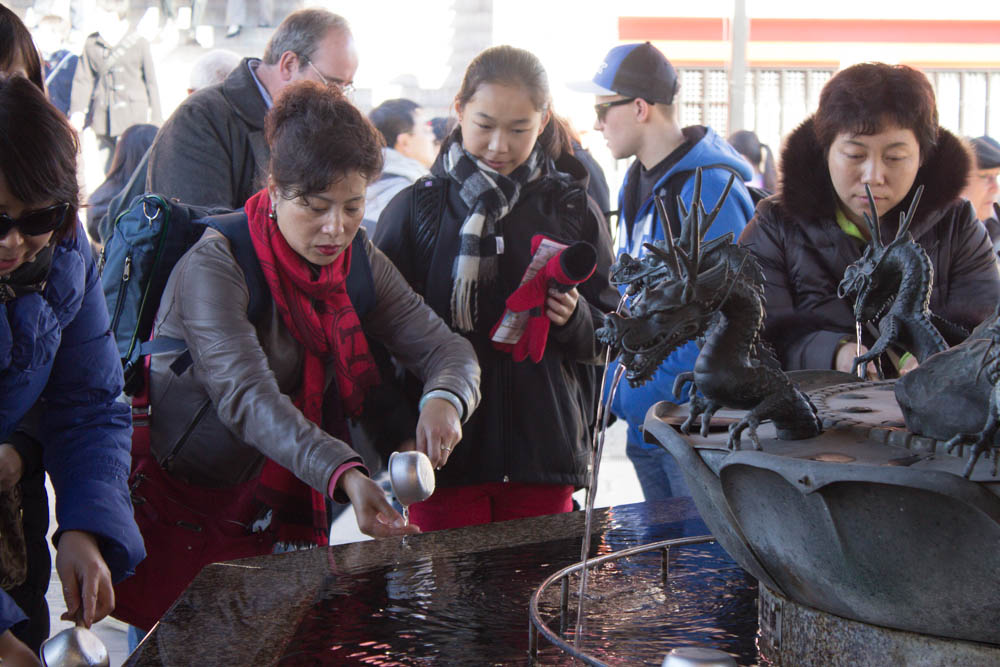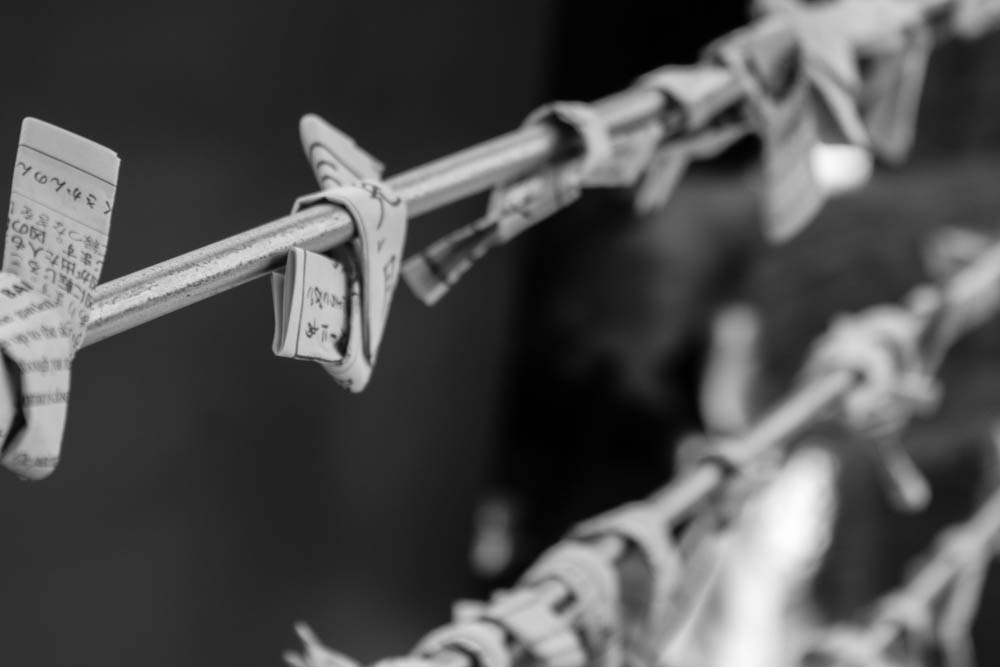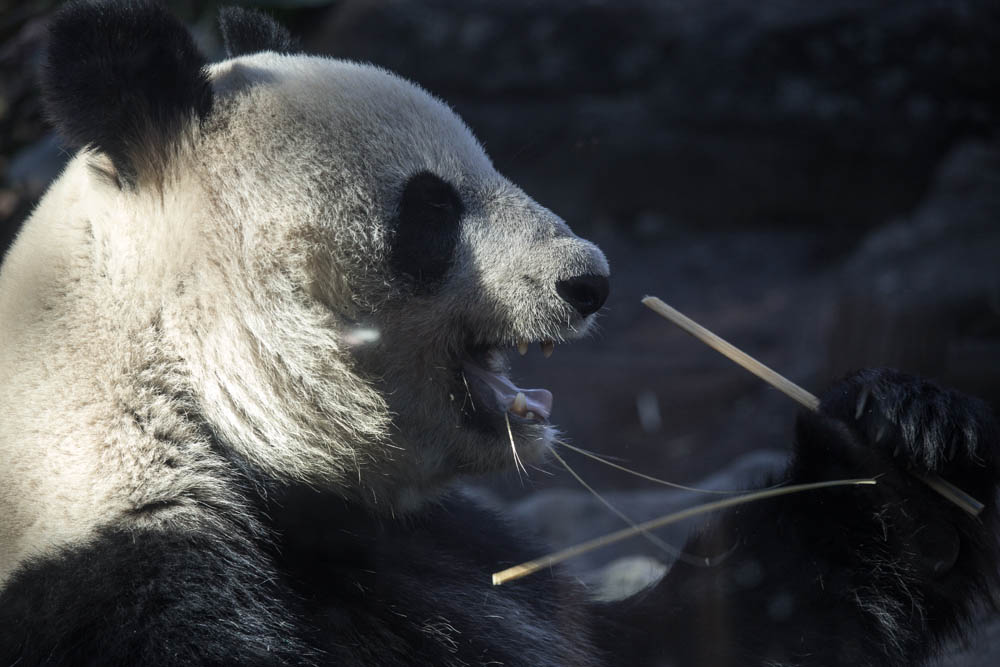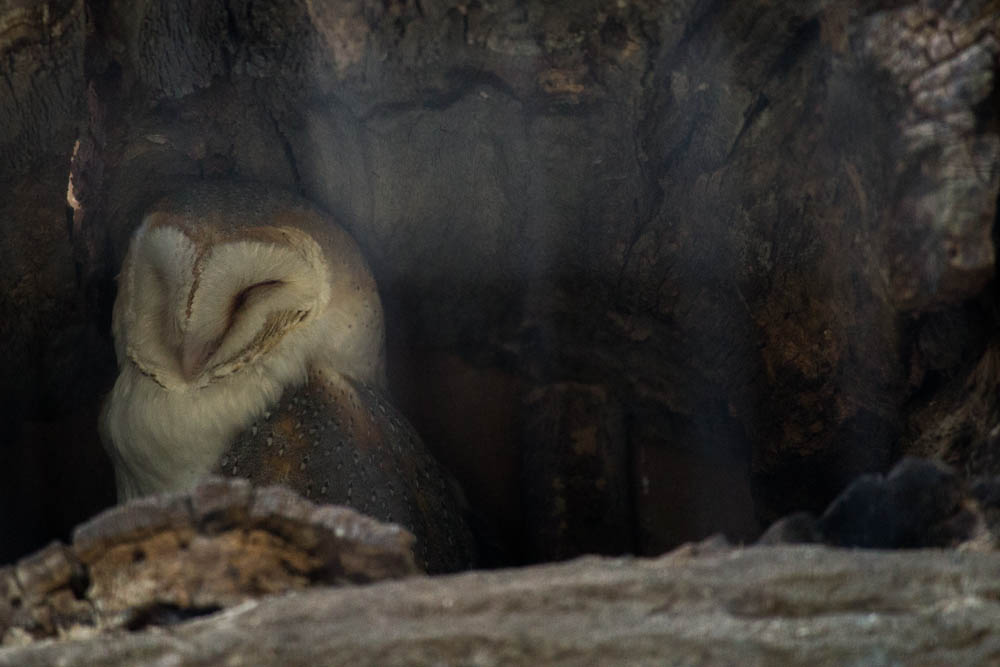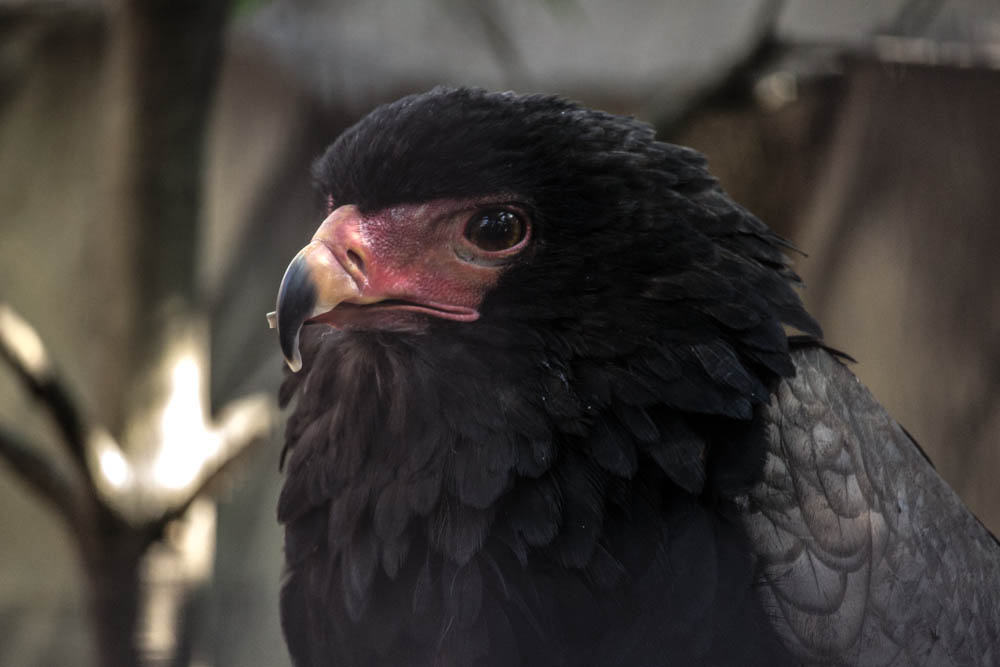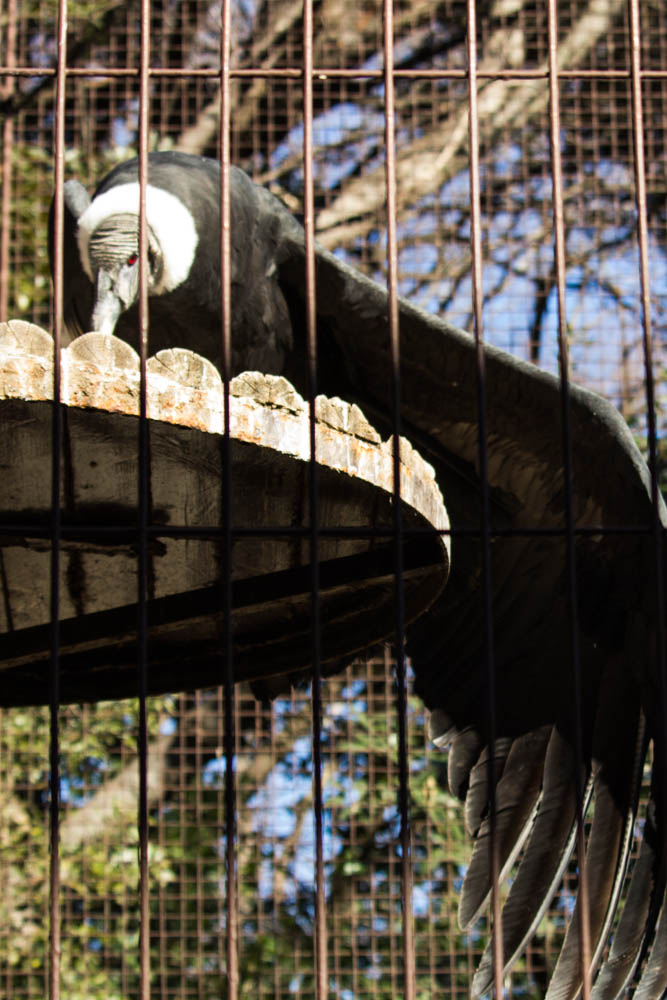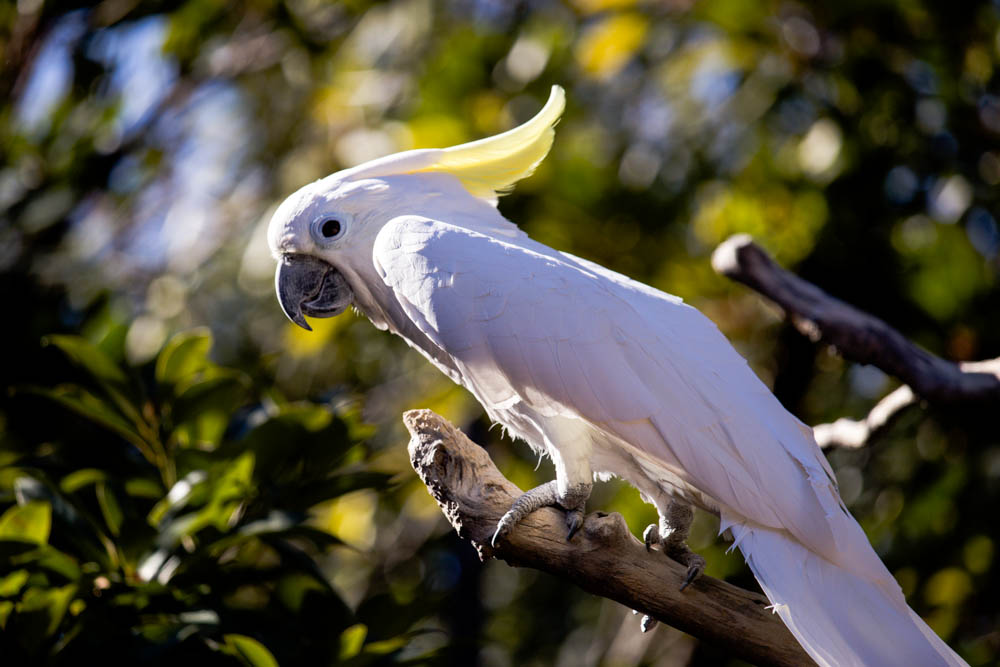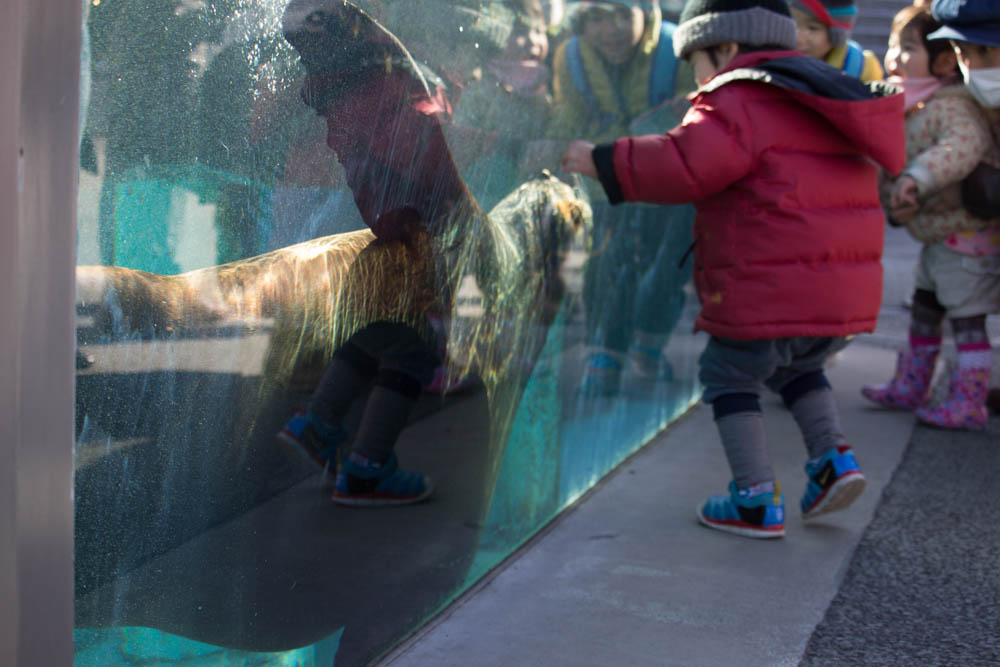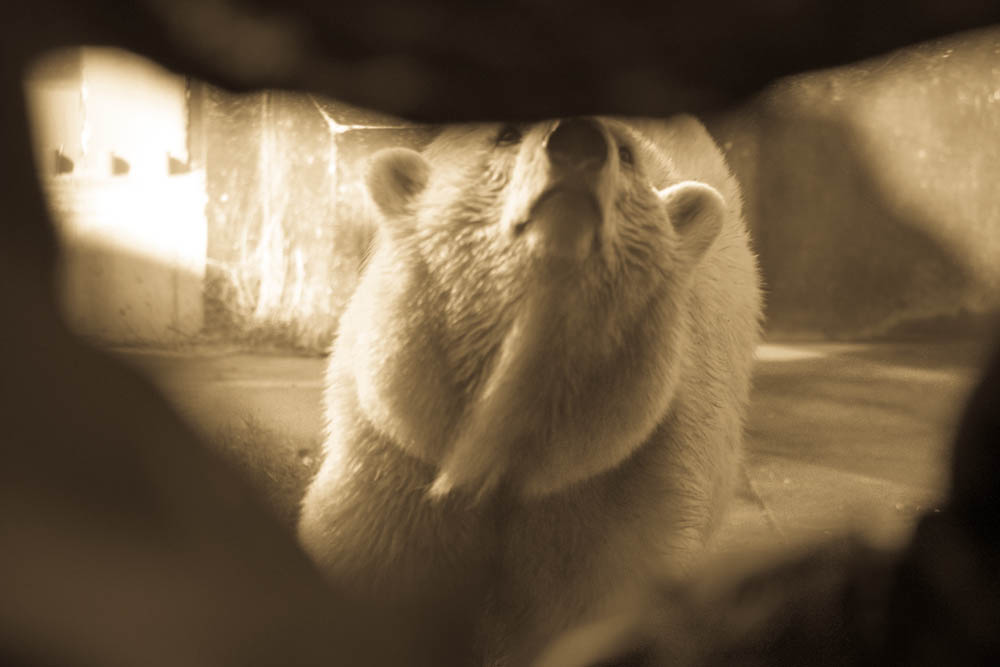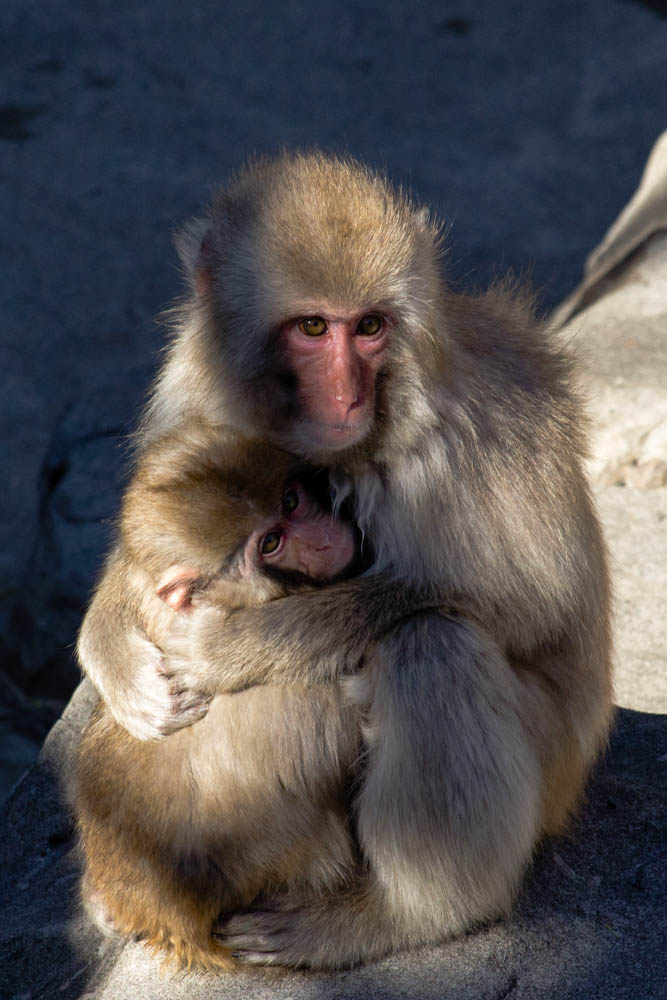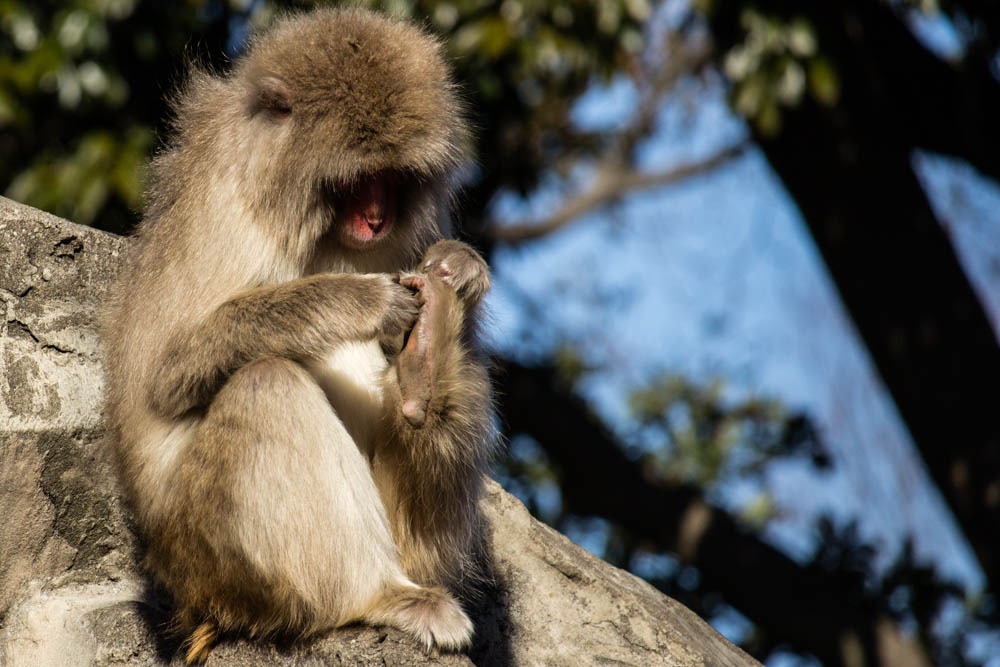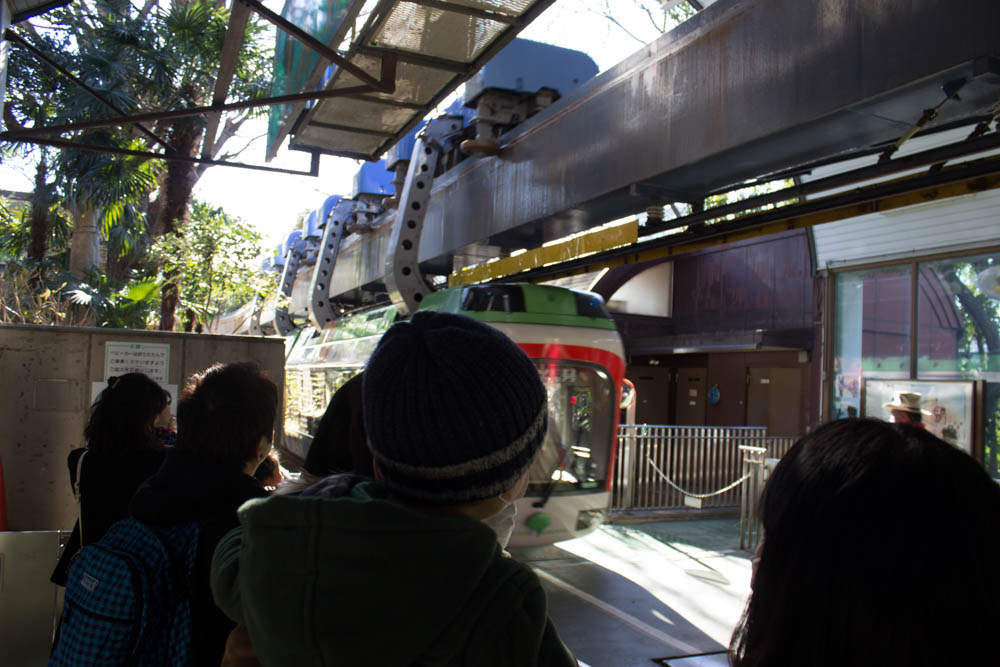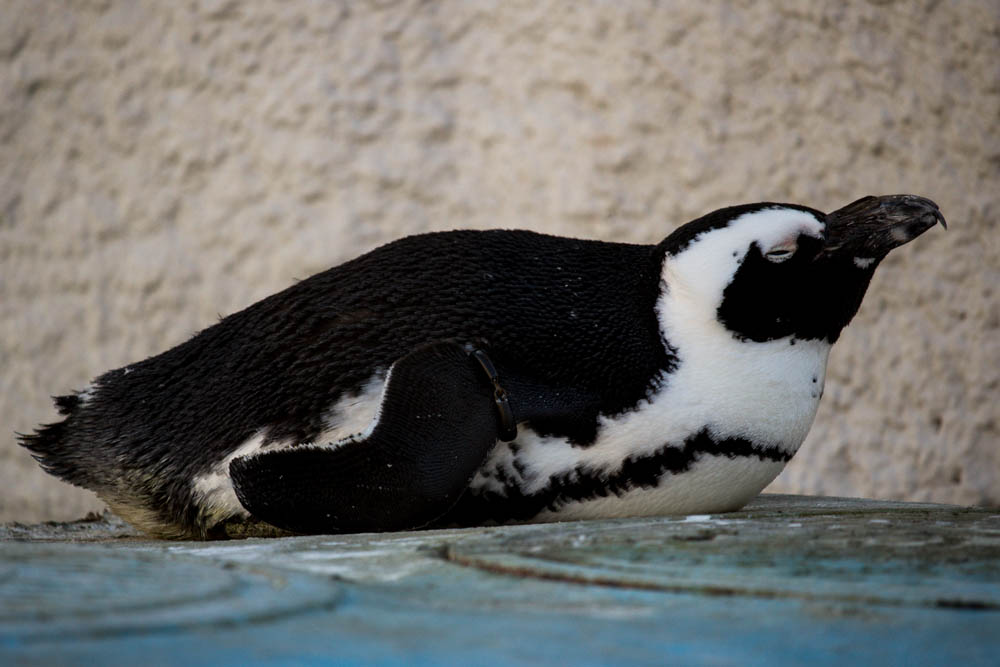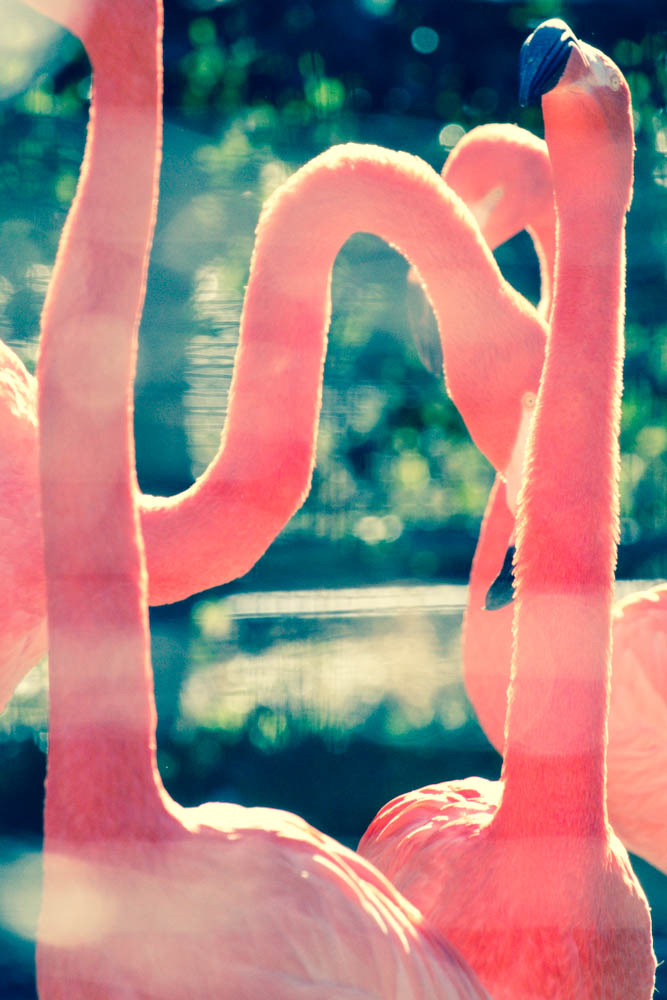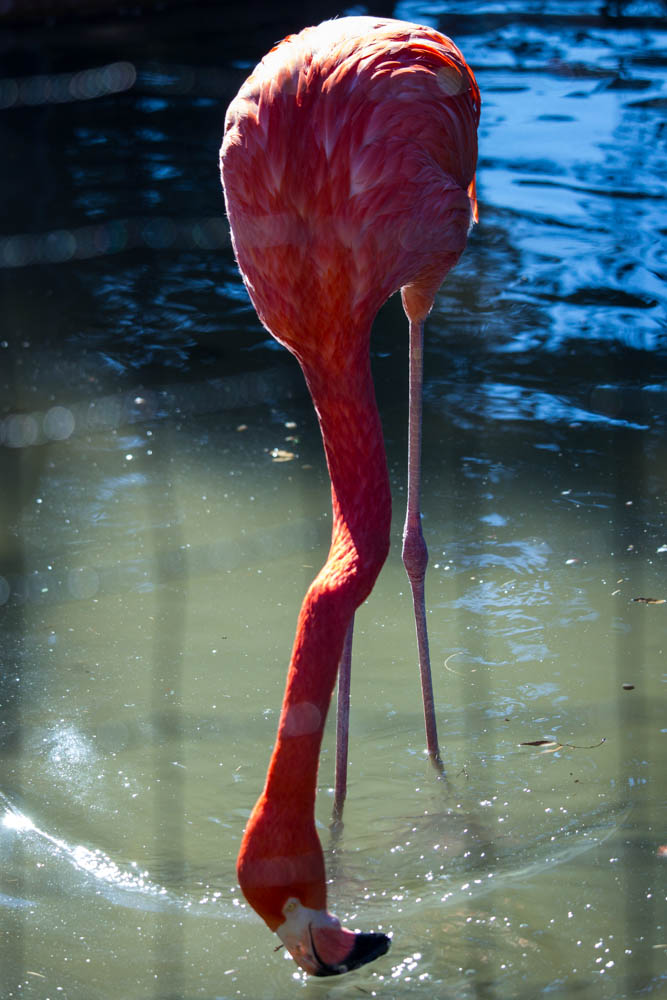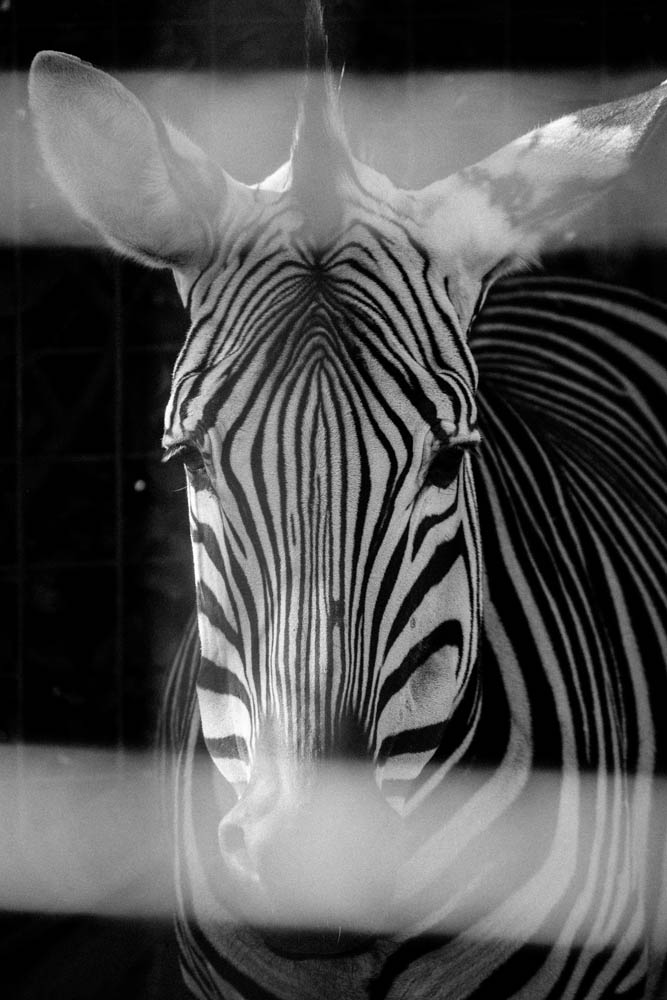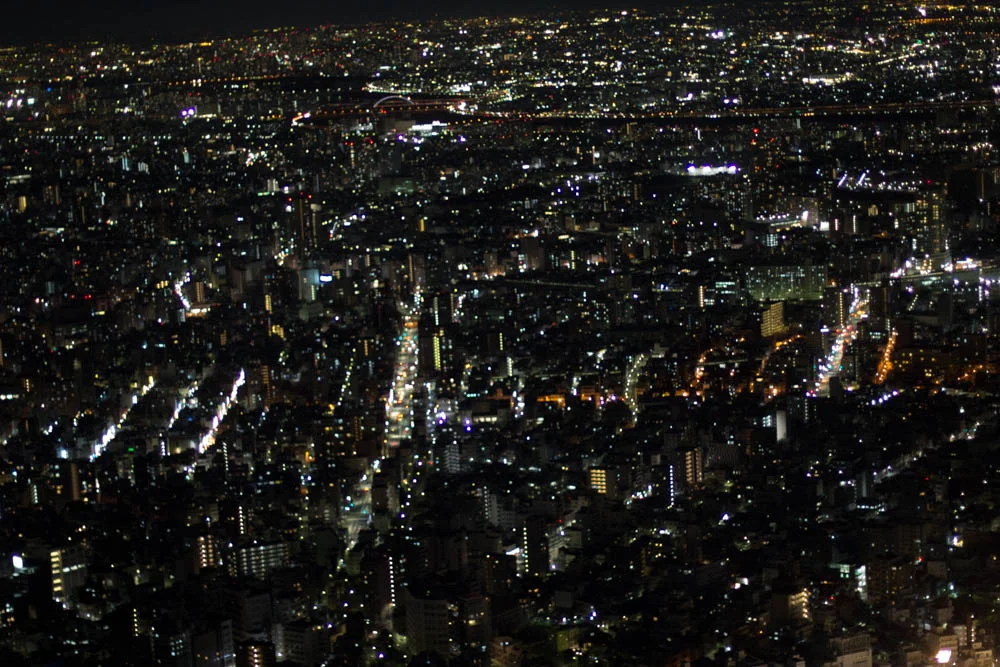Though I have only experienced Kyoto for a total of 4 days, it already holds a special place in my heart. Kyoto is a different beast compared to Tokyo. It shares some similarities, but gives a completely different vibe and atmosphere. Temples, both Shinto and Buddhist are scattered throughout the city in every nook and corner, blending into the fabric of Kyoto's modern infrastructure. It is the perfect balance of tradition and modernity.
***
I rode the shinkansen (bullet train) from Tokyo to Kyoto. It cost me about 100 dollars but being able to reach Kyoto within 2 hours on a 200mph train as opposed to a 9 hour overnight bus ride, was worth it.
Most of everything in Japan is automated, but customer service is still as present and better than any other place I've ever seen. At every ticket gate in the train stations, there are attendants to help you. There were also information centers and the like. For the shinkansen tickets, there were several booths. I tried to use the machine, but could not read all the kanji and had no idea what to press to get the English menu so I decided to wait in line to talk to a person to purchase my ticket.
The Customer Service Mask
There was a man in front of me talking to one of the customer service representatives. He looked like a standard businessman, donned with a suit. What he was talking about with the representative I wasn’t quite sure, but it sounded like a relatively calm conversation. But then all of the sudden, the man started to walk away from the counter. The attendant immediately raised his voice and called out to the man, but his cry was met with a shockingly angry and loud: “うるさい” urusai! or “Shut up!” The man in the suit didn't even turn around or flinch, and just continued to leave the area. The attendee looked flustered, but the grimace on his face disappeared within less than five seconds. As if by magic, the attendant looked calm again, smiled and raised his hand: “Hi! The next person in line please step forward. Thank you so much for waiting. How may I help you today?”
It was quite strange to see the abrupt change in tone. Even I was still slightly on edge after the man in the suit screamed out. But it was clear that the attendant would not let a small blip of negative interaction affect his work or attitude. Customer service was kept at a high consistent standard. I didn’t know what to make of it. In the United States, I could only imagine the attendant at this point would still be angry about the situation to the point where he would bring it up in conversation with the next person in line.
Customer Service Standard
The quality of customer service in the United States is usually dependent on the person. And with it, is the mandatory 15%+ tipping rule. In Japan, the quality of customer service is not dependent on the individual, and there is no tipping. There seems to be a standard or policy in place that is met without exception. This is probably reinforced by the notion that politeness is practically mandatory in Japan. Every single experience with any form of customer service has been the same for me here, from ticket booth attendants, clerks, servers to store greeters – they were all polite, calm, courteous, and always delivered their messages with a smile. They all say the same Japanese phrases, with the highest form of politeness.
As to whether or not this politeness is forced, conditioned, or genuine is hard to say—but it is definitely expected. I do think it can be at times excessive, but I have never had a single bad customer service experience here and that counts for something.
***
The Dead Stare
As I was waiting for the shinkansen, everyone was waiting in line, facing toward where the tracks were. I lugged my suitcase next to this girl who was on her smartphone and waited. Then she slightly turned her head, and gave me the strangest look. She continued to give me weird looks as I continued to wait. Did I... do something wrong? Is she curious because I have a large suitcase with me? Do I look like a foreigner? My thoughts ended as the shinkansen arrived. Everyone then abruptly faced toward me, forming a clear line where I was the first one in front. It turns out, I had unknowingly cut everyone in the line -- that's why the girl was giving me the nastiest look. Oops! I quickly proceeded to move to the back of the line. How embarrassing.
Shinkansen Experience
The shinkansen is spacious, clean, and has several toilets and washroom cubicles. It was quite a nice ride. I wasn’t sure where to put my suitcase when I boarded, but saw other suitcases at the very back row so I did the same. After looking up shinkansen etiquette rules on my smartphone, tt turns out this was incorrect, as the space was left there for when people turn their chairs around to form a group seating arrangement. Oops!
There were servers going down the aisle every half hour selling drinks, sandwiches and sweets. The seats came equipped with tray tables. The ride was also very smooth.
AirBnB Stay
Remember when I said I fell asleep the night before? Because of that I had to book my AirBnB stay the morning of. Unfortunately the host I contacted did not confirm my booking or message me back. As there was only an hour left before I arrived in Kyoto, I made the decision to cancel my booking request and try to find another AirBnB host via the app, all while on the shinkansen. Within a few minutes time I was able to successfully book a place with a different host, Dominik. He quickly responded with such consideration and e-mailed me precise instructions on how to get to his house, with lots of pictures -- amazing!
Dominik, and his wife Kazuga were so kind to me. I had some hojicha (roasted green tea) with them and we talked for hours throughout the night, while their son Killian played with his toys in the same room. They asked if I had eaten dinner, and as soon as I said not yet, they invited me to eat out with them! We ended up going to a nearby okonomiyaki restaurant, and boy was it good! Soft, creamy, crunchy. Mmmm, I’m hungry already.
Bathing
They also set up a bath for me. It was my first bath in Japan, and it was one of the most relaxing experiences I've ever had. They put in this bath salt that made it smell like an actual onsen (sulfur hot springs smell). Japanese tubs are much deeper than western ones, and generally come equipped with an electronic heating system that lets you control the exact temperature of the pouring water, and regulate the bath to stay at a specific temperature (with voice features that tell you when your bath is ready).
More on bathing culture in a future post.
Slept like a baby that night in their wonderful futon, in a tatami matted room.
Temples, Temples, Temples!
I woke up early the next day, ate breakfast with the family (rice and miso soup) and then proceeded to venture out to the nearby temples. I visited Kurodani Temple, Ginkakuji Temple (UNESCO World Heritage site), Honen-in, Anrakuji, Reikanji, Philosopher’s Path, Eikan-do, Zenrin-ji, and Nanzen-ji. I would say almost 10 hours of walking total. Phew, quite a route. Each temple was different, and each affected me in a different way. It's hard to put the experience into words and I don't want to botch it. Perhaps it's better that you just visit them for yourselves ;)
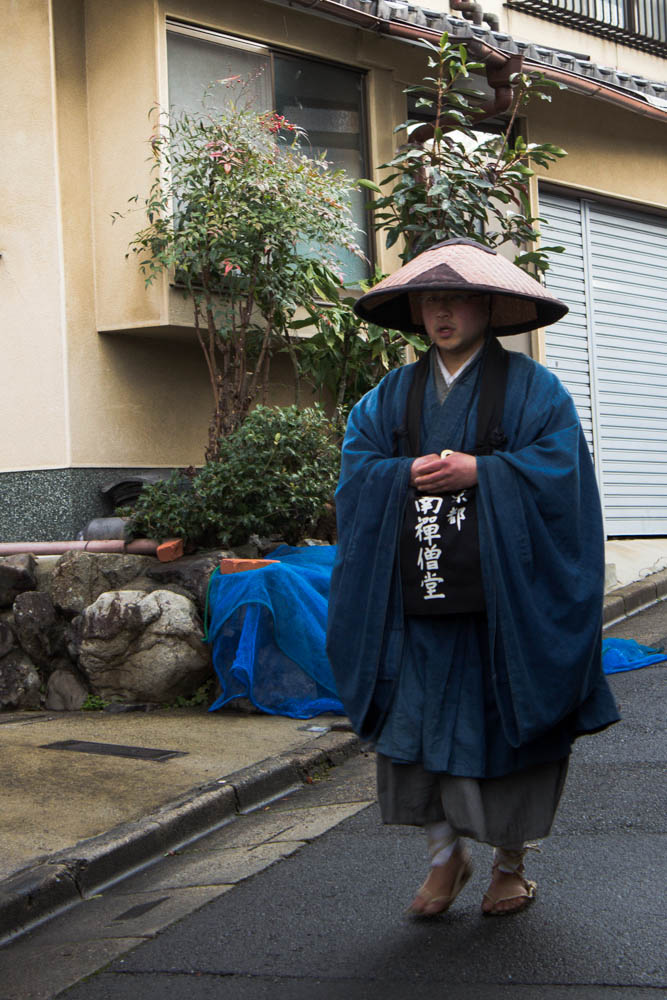
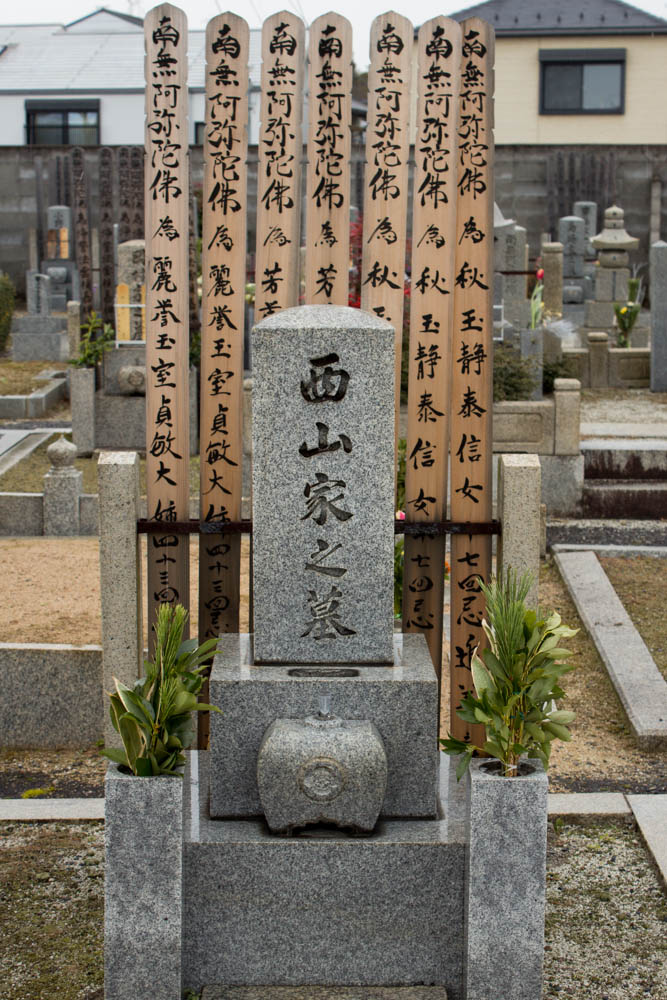
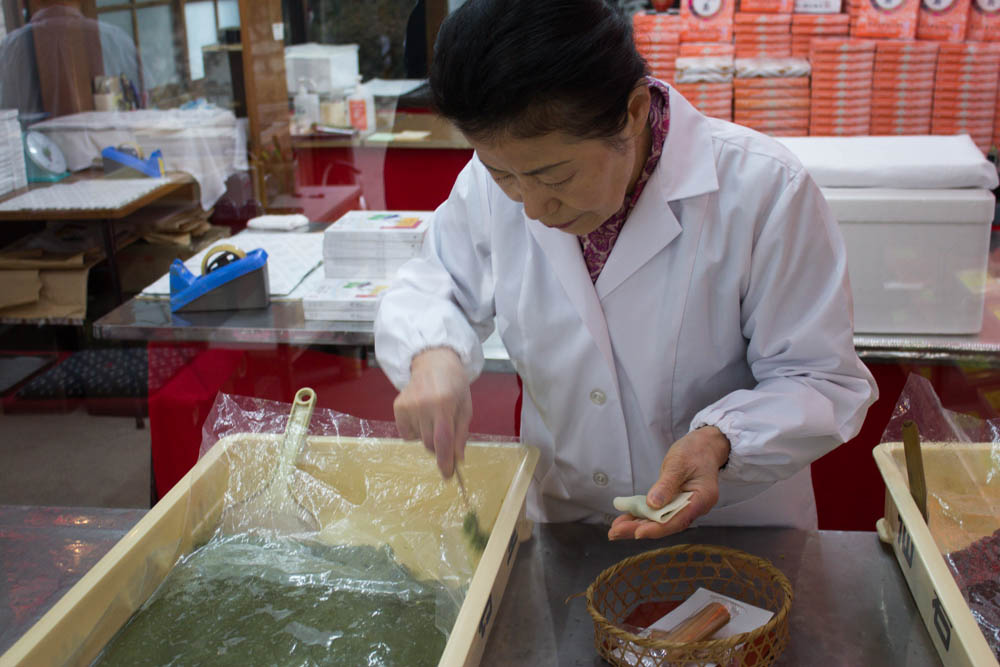
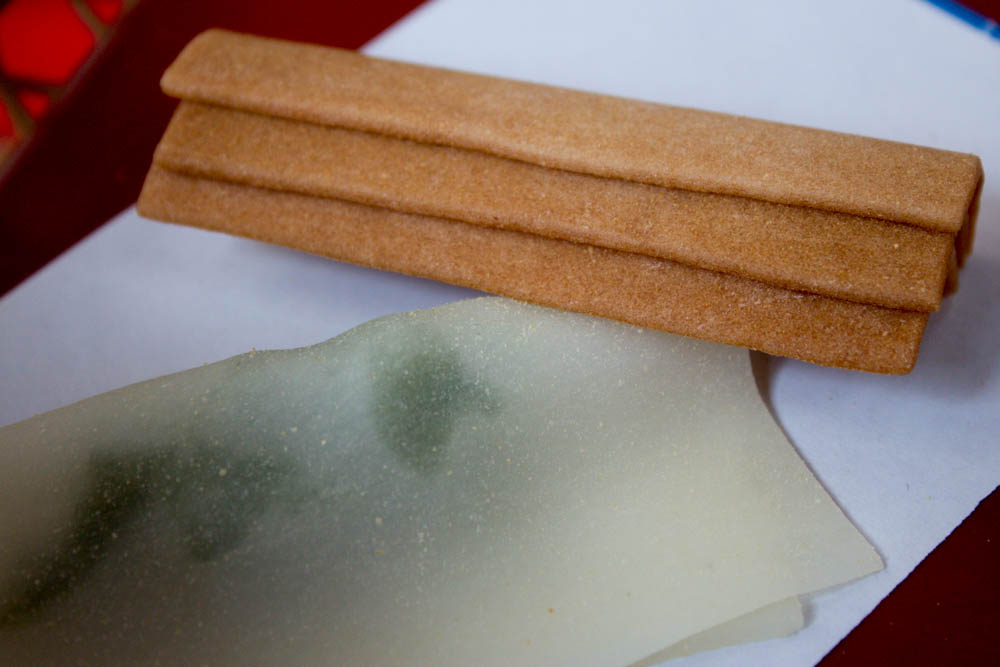
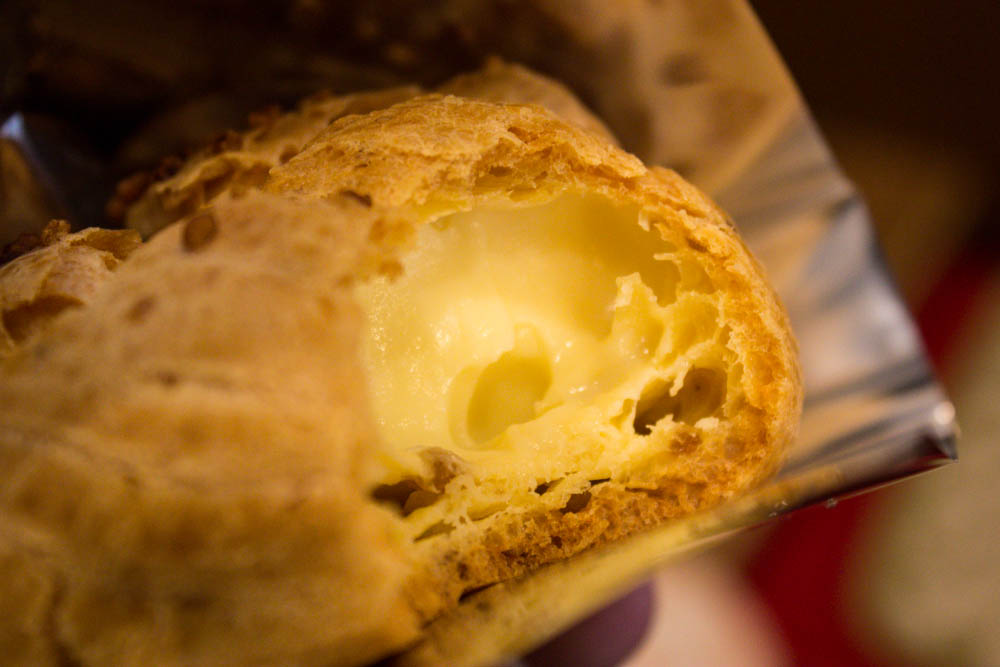
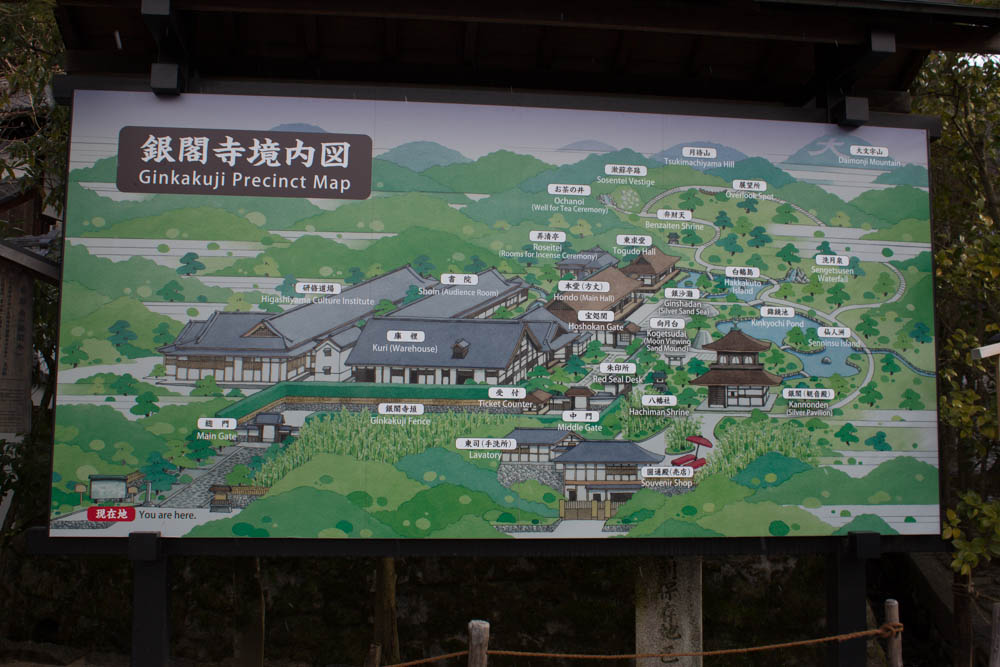

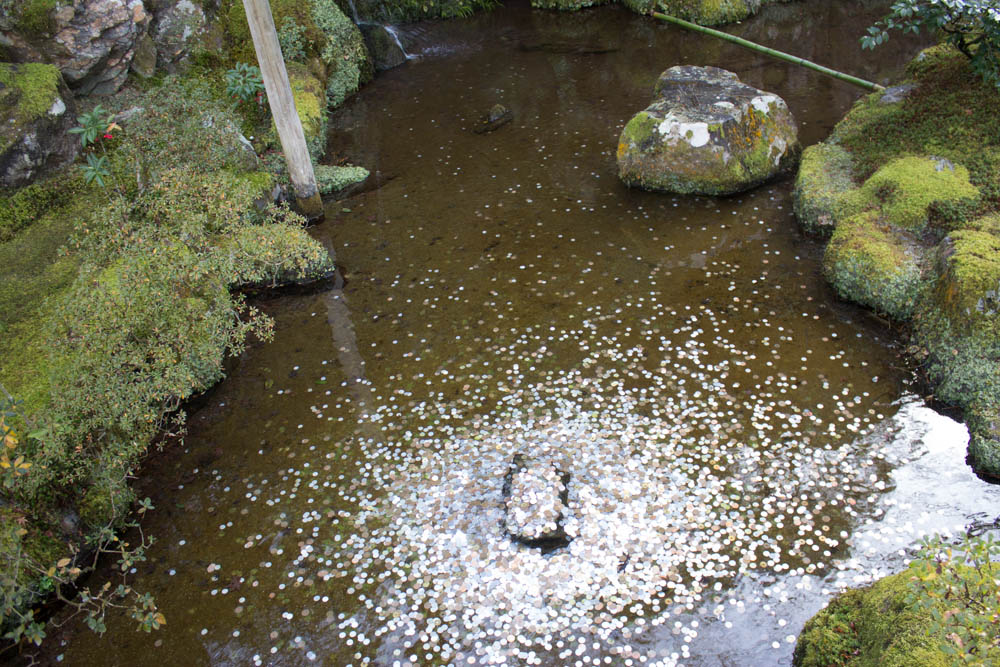
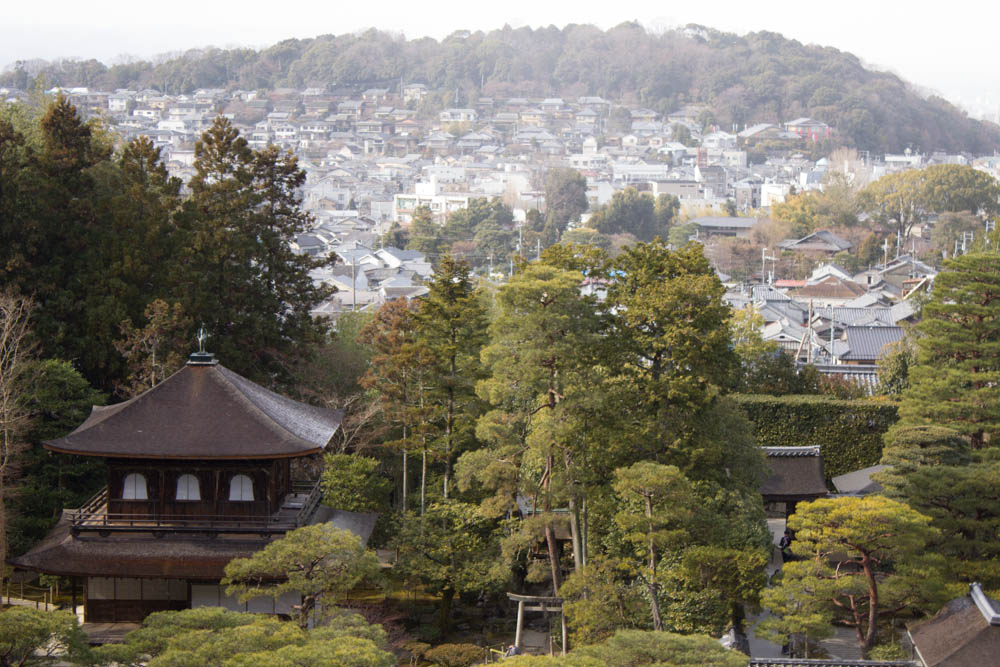
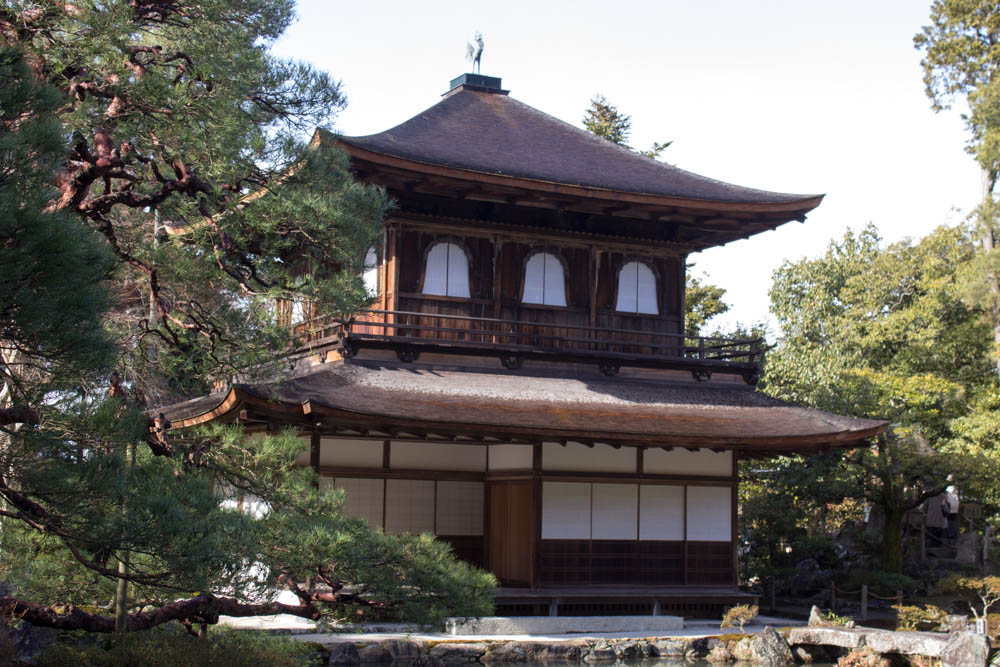
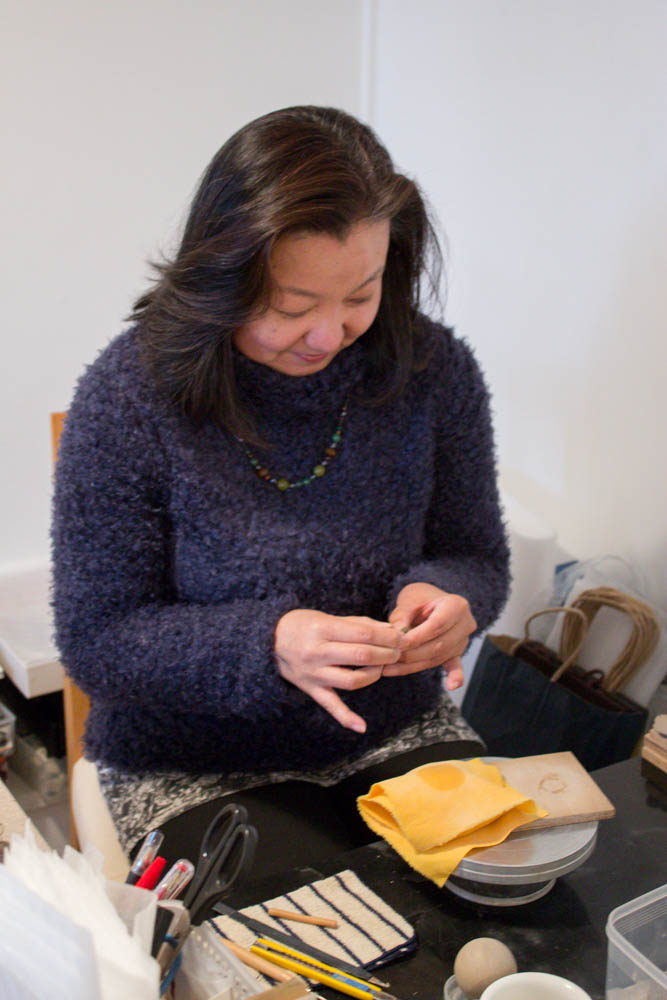
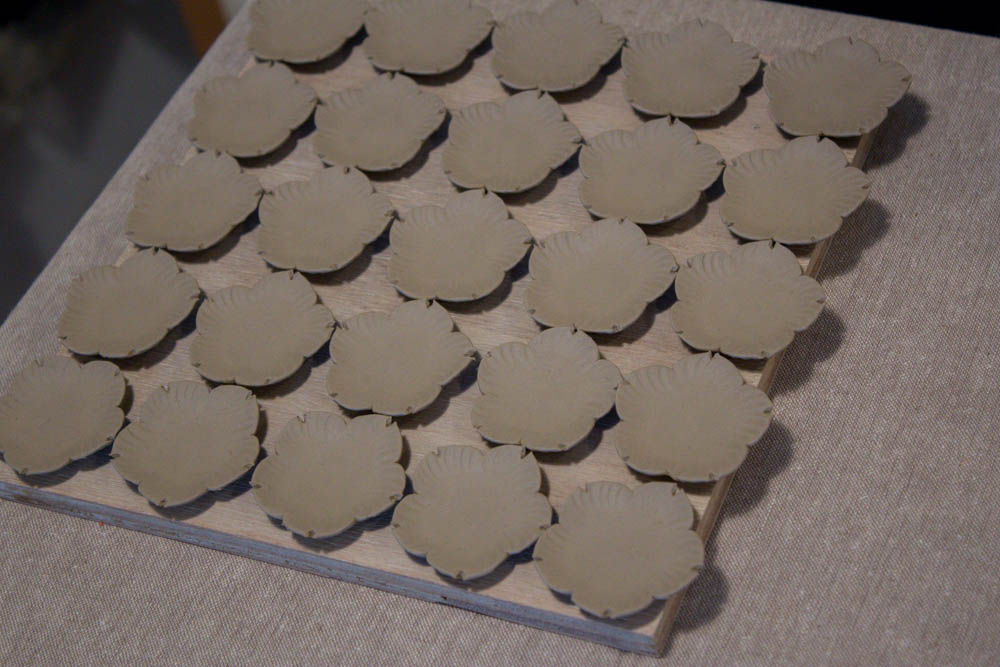
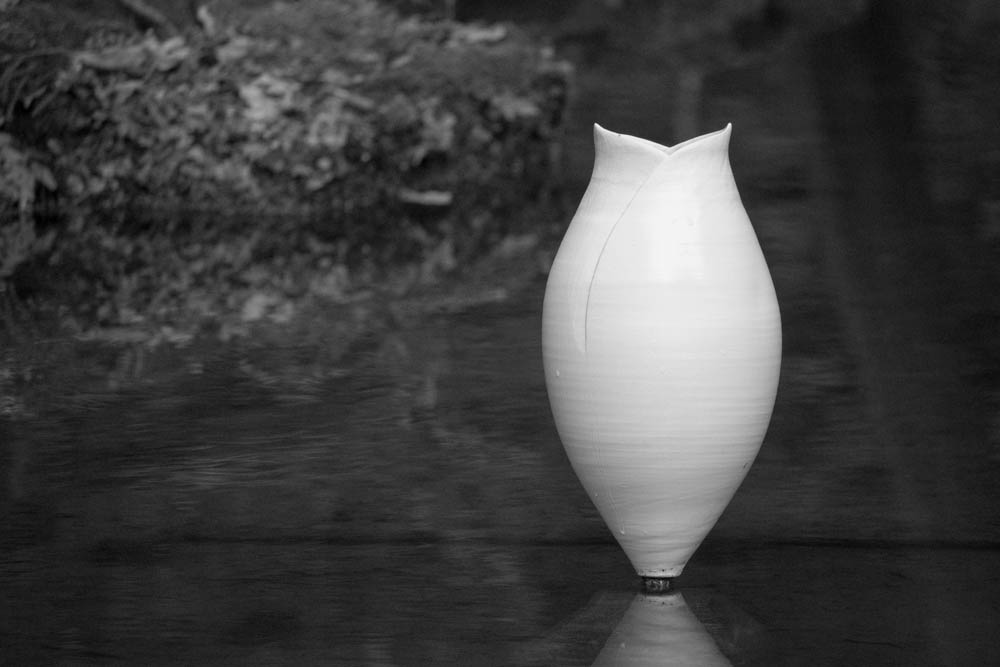

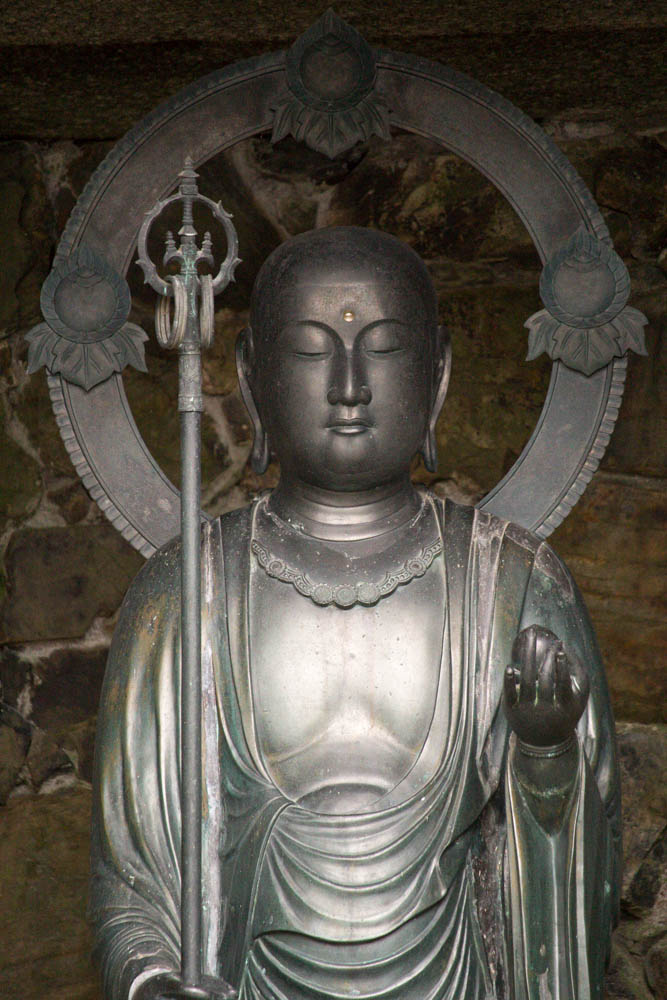
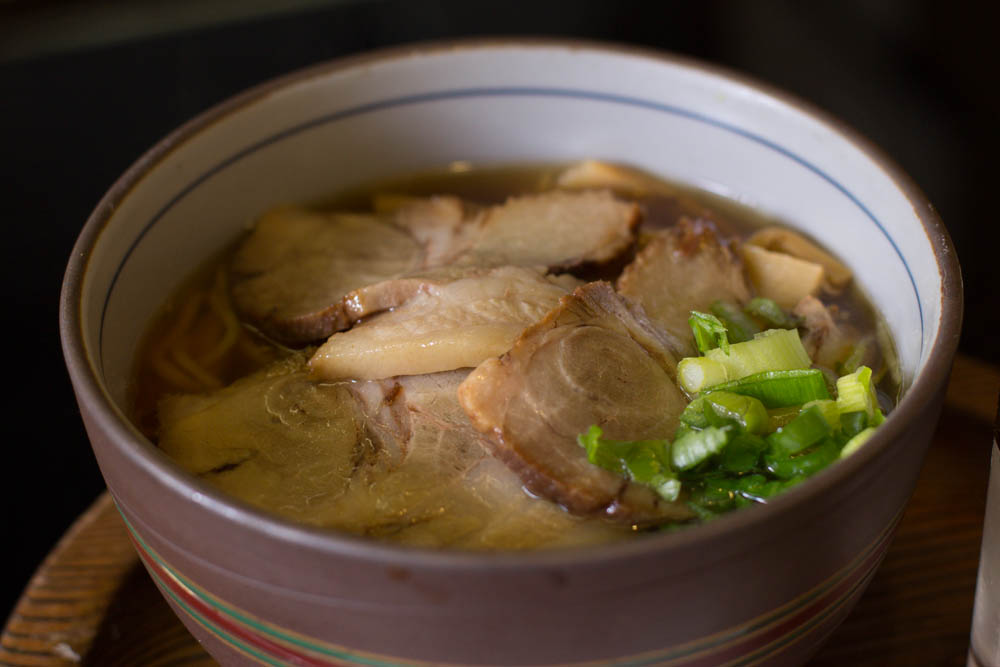
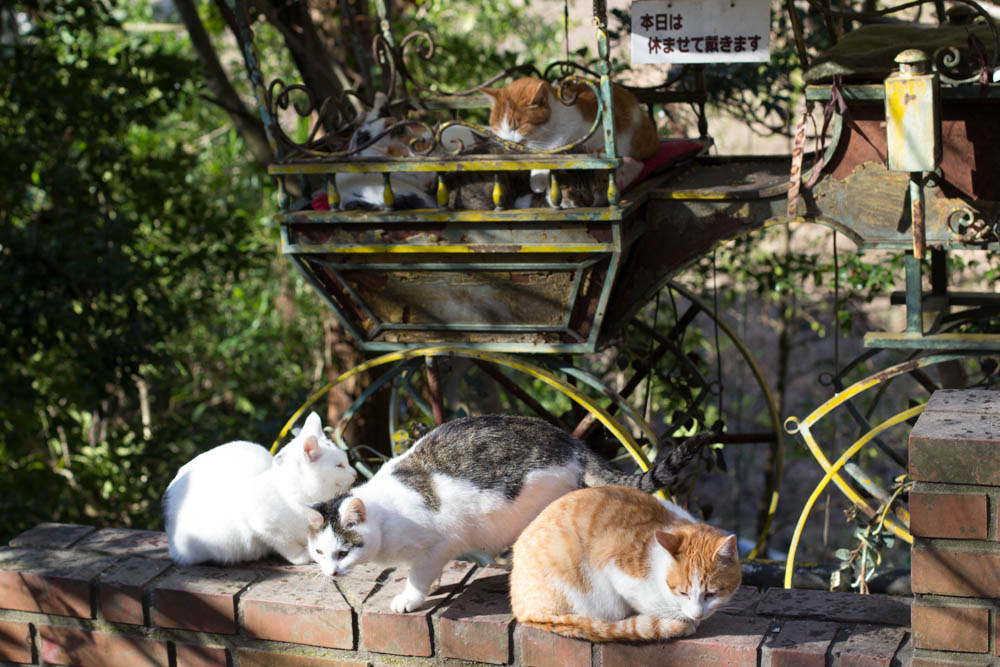
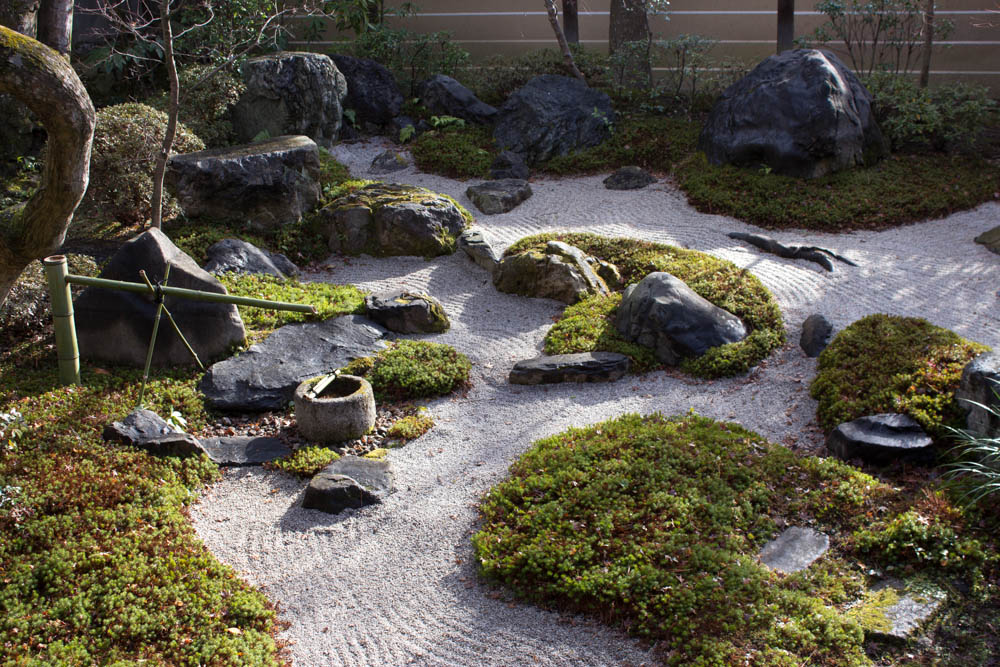
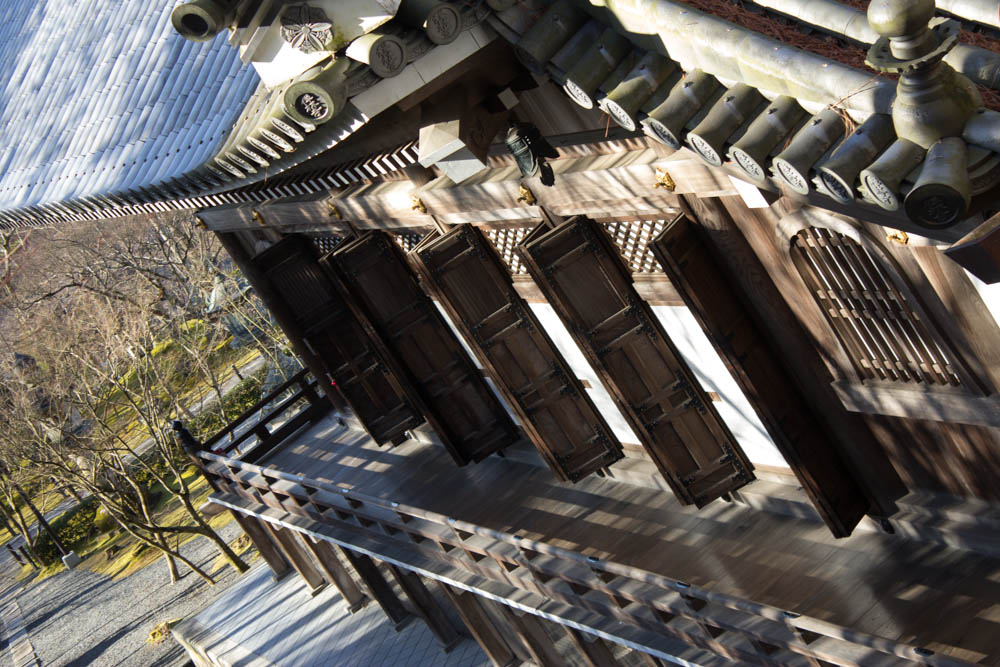
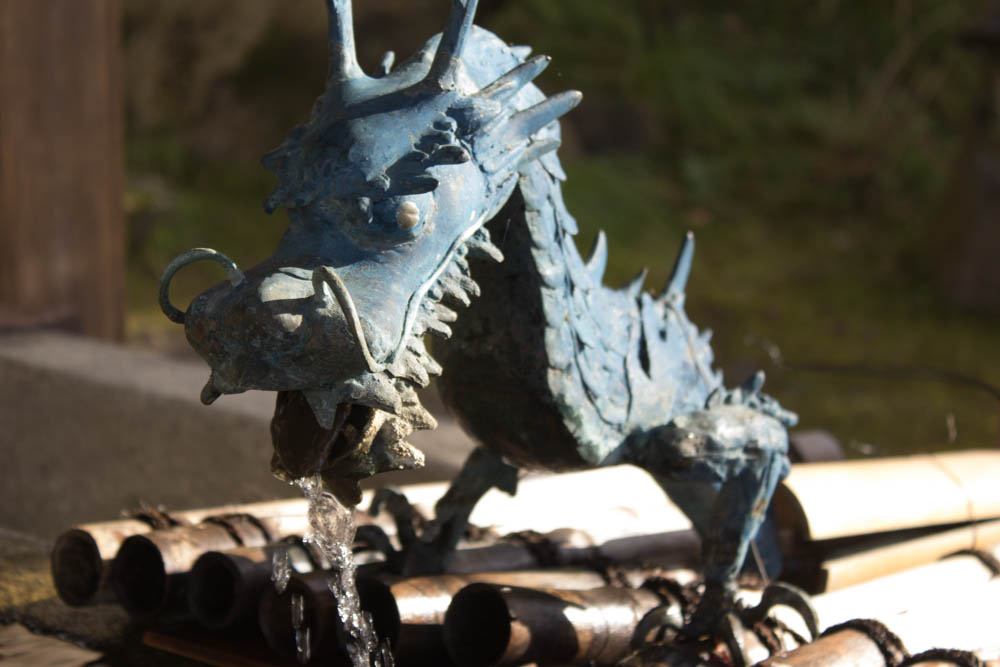
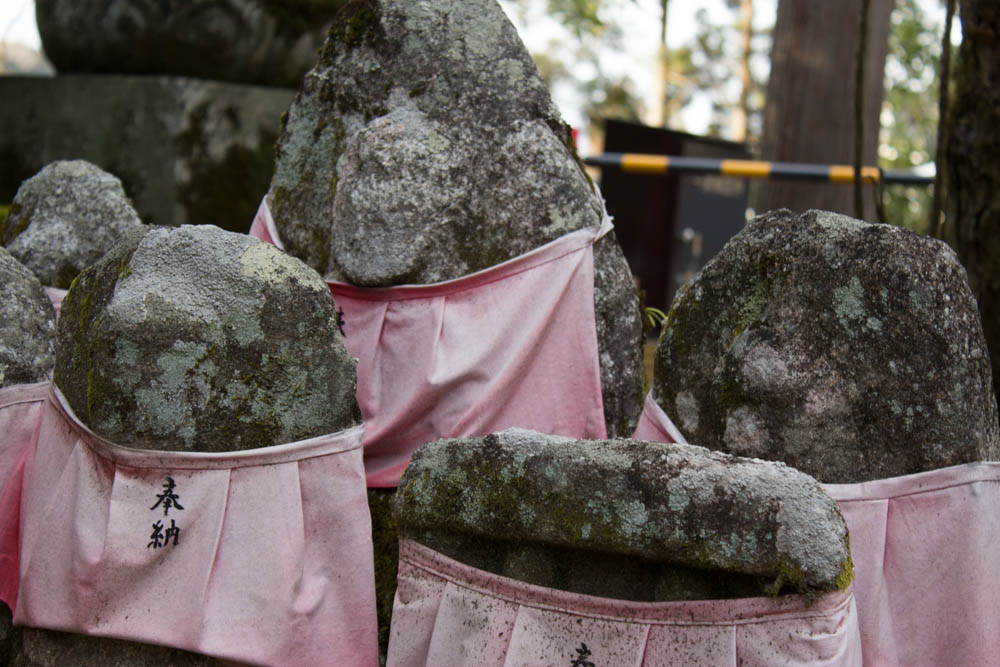
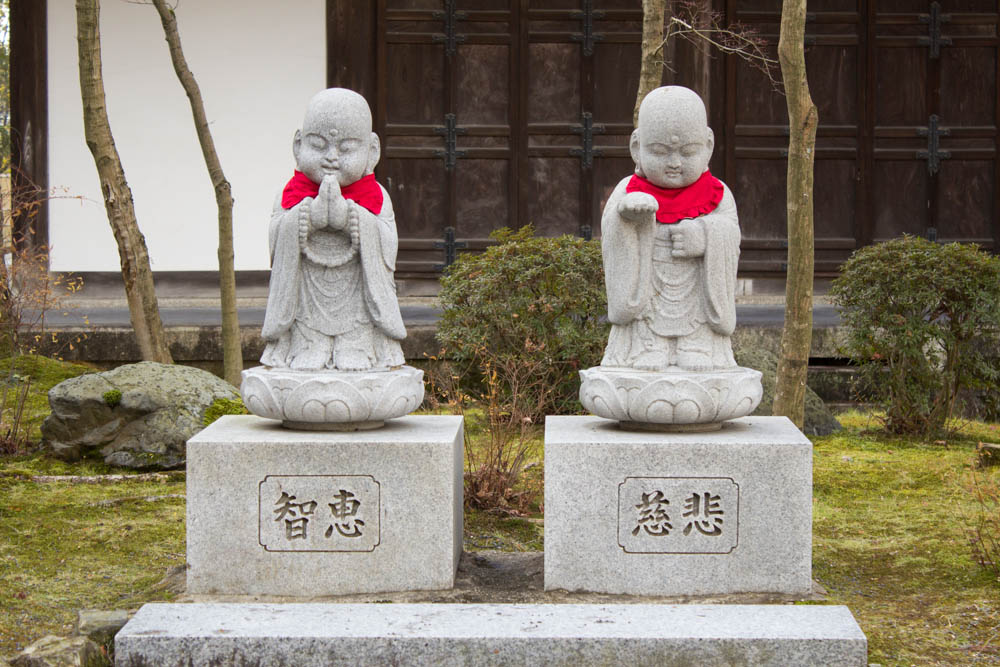
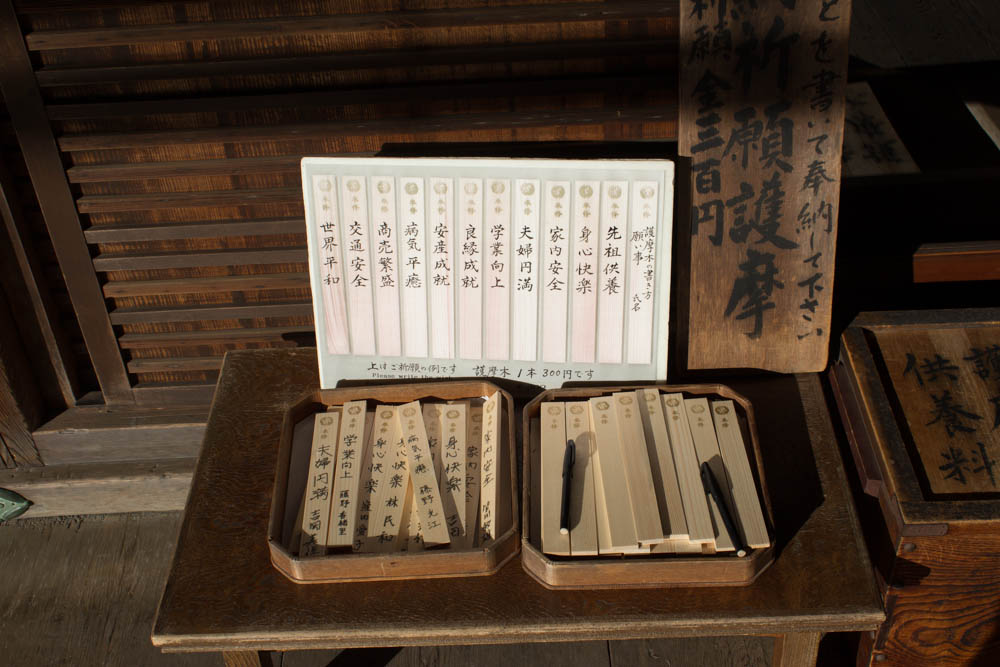
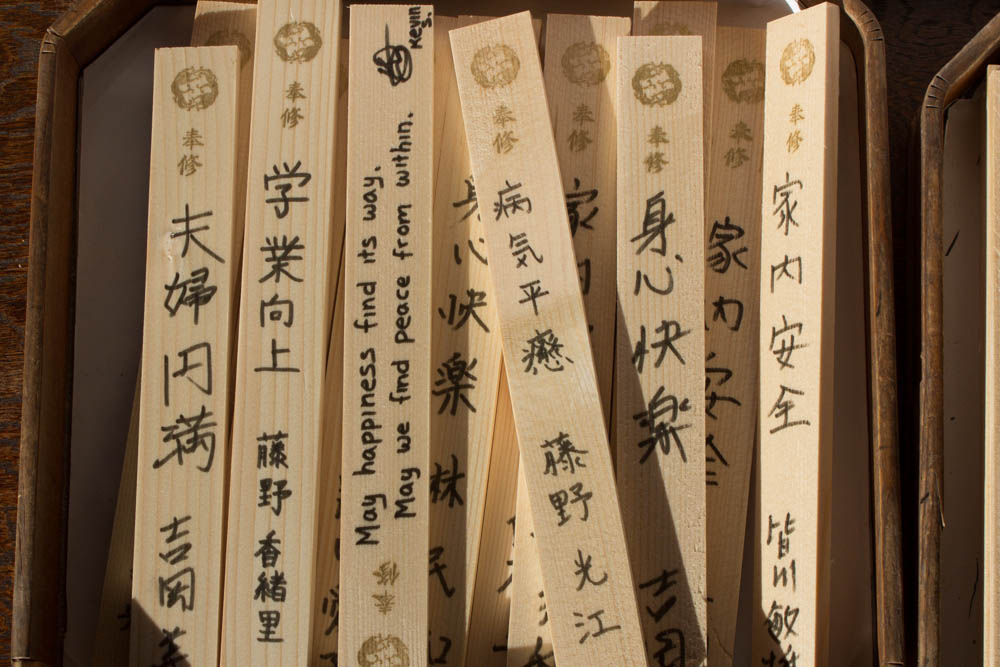
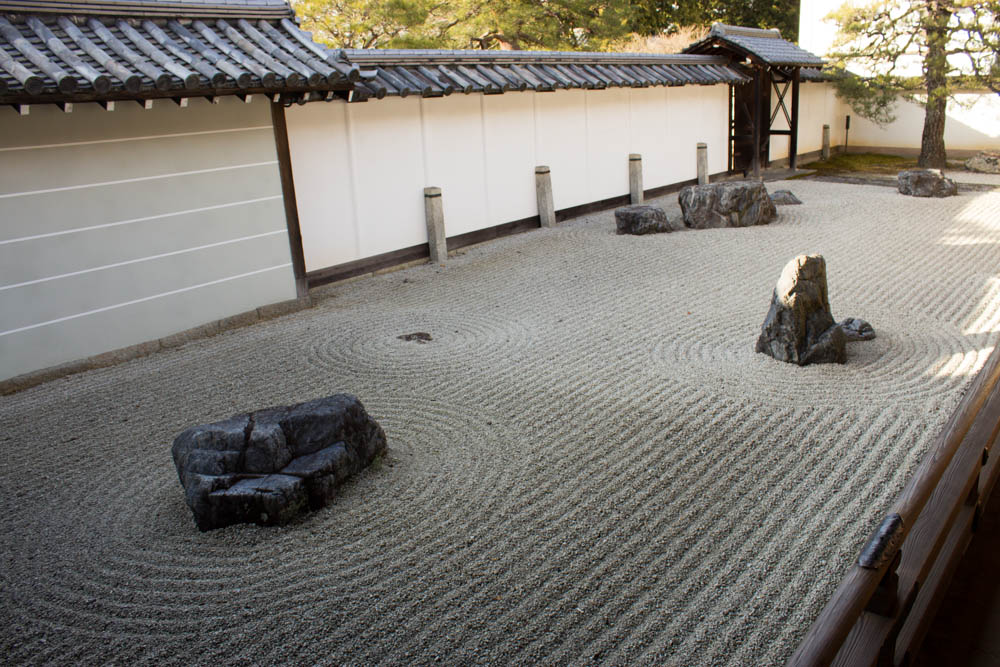
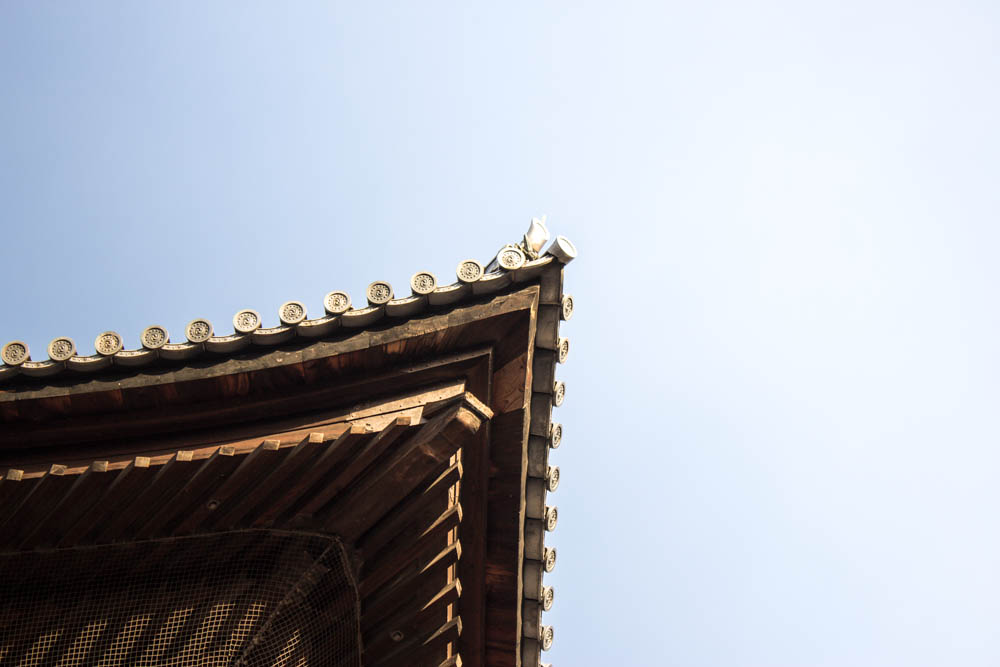

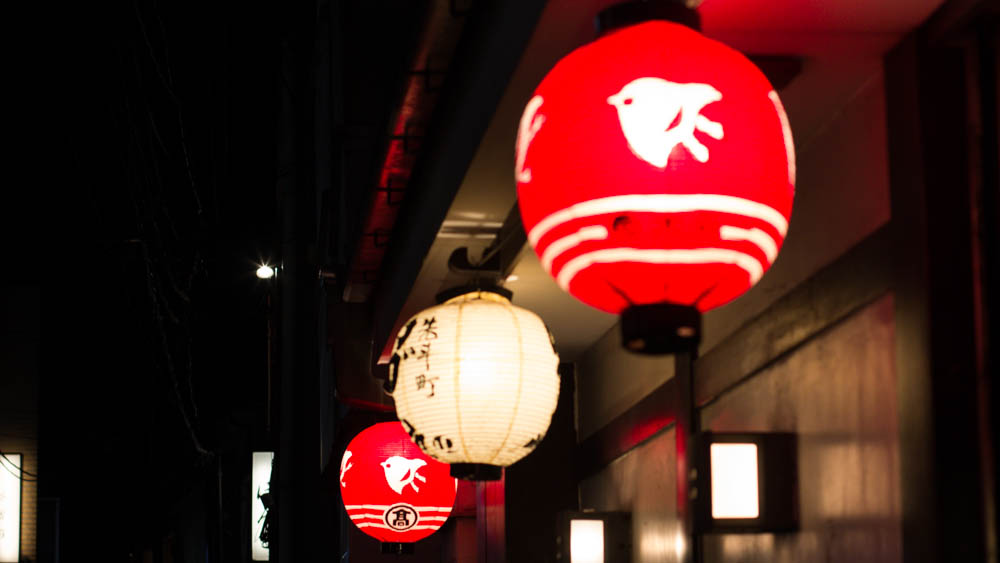
Zen Rock Gardens & Moss
One commonality is that they all had raked “zen gardens.” Each had different patterns, sometimes circles, sometimes waves. The patterns interacted with what was in the rock garden itself, whether it be patches of moss or carefully picked boulders. Dominik, my AirbnB host is actually a gardener and told me a lot about it. That term, gardener, holds a completely different meaning here in Japan as opposed to the “western” gardener stereotype. Caring for these gardens take precision and care, and holistic understanding of negative and positive space. He explained that there is more focus on negative space rather than positive space when determining where things would go. And the most important factor, is how the garden makes you feel. Shaping and pruning the bonsai trees so that they form the perfect shape… it's a year round maintenance job. There’s just something beautifully artistic about it... and that’s essentially what Dominik is – an artist. Just looking at these gardens made me feel calm and relaxed. I’m convinced that I need one of my own back in NYC or Ithaca.
Meeting up with Obubu Interns
While exploring temples I came in contact, through Facebook, with the current Obubu interns, Leslie, Spencer and Fernando who happened to be going to the Suntory Whisky Museum in Kyoto. I don’t drink, so I declined the offer to join them, but we arranged to meet up after they were done with their tour. So after visiting all of those temples, I met up with them at a more modern and busier part of the city, near Nishiki market.
What an interesting bunch of people! We all hit off quite well. Leslie is from Texas, Spencer is from California, and Fernando from Spain. We talked about all sorts of things as we traversed the busy shops, but more on them later.
Nishiki Market
As per usual in Japan, big streets are filled with department stores, shops, and smaller stores. I particularly enjoyed Nishiki Market, an indoor-outdoor market with loads of stores inside the complex. It was a blend of traditional market atmosphere with modern aesthetics and infrastructure.
Lots of interesting stores lined the street– too many for me to name. Among them I would say was B-Label, a small shop that sold only stickers. They were awesome stickers though, made by “local” artists. Here’s one I bought. It’s a giraffe that says “ha?” I cracked up when I saw it. Solid purchase, no?
I saw more than one store than sold only socks. Granted, they were some really nice affordable socks. I definitely feel that I need better socks now.
Winding Down
The interns headed back to Obubu to catch their last bus to Wazuka, and I walked back to Dominik's house, passing by the Gion district, which was famous for its Geishas. I didn’t see any though. In fact, it looked like everything was closed already at merely 8-9pm. Maybe I wasn’t on the right street. In any case, after arriving back "home," I winded down with a bath and went to bed. Tomorrow I finally head to Wazuka and the Obubu house to start my internship! HA?



